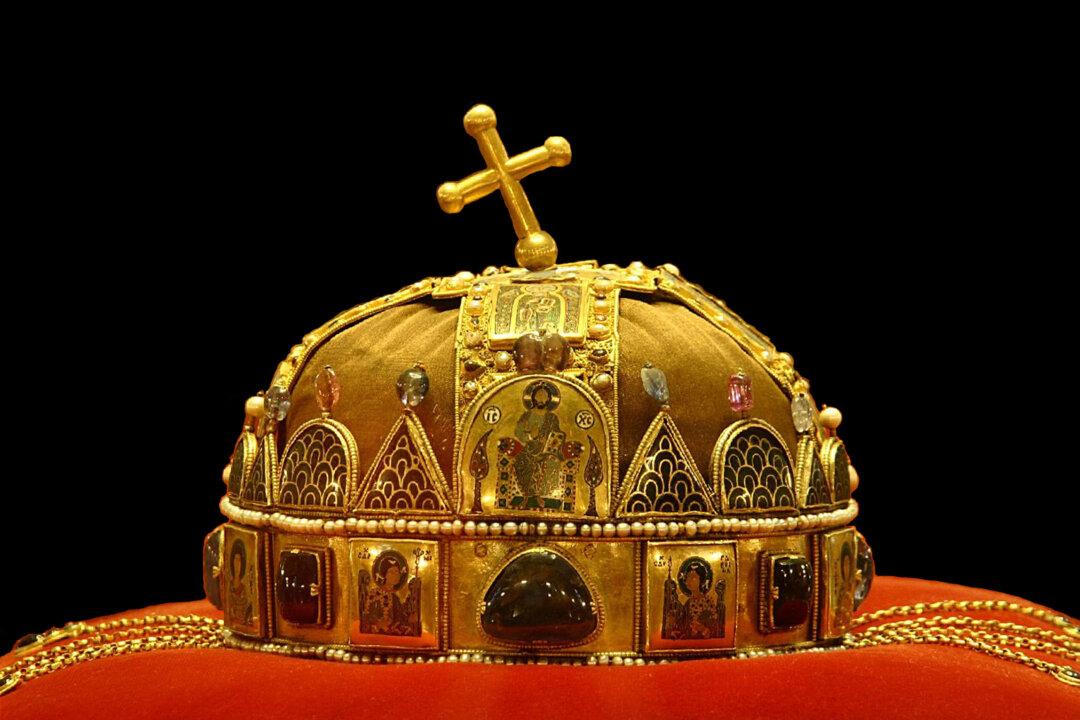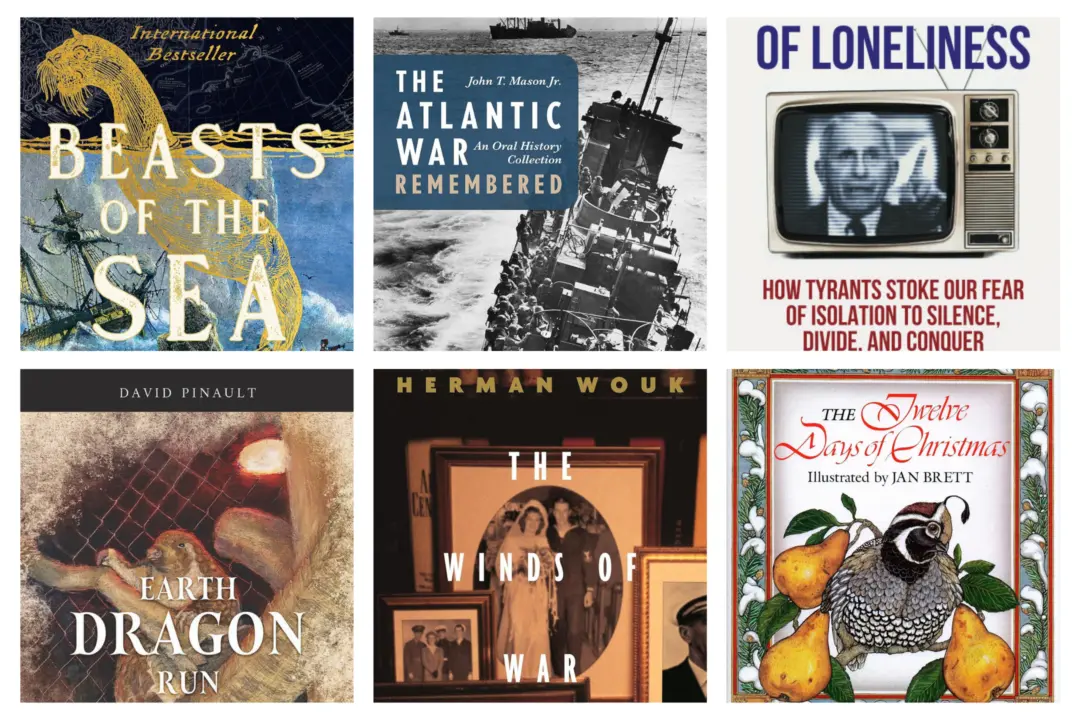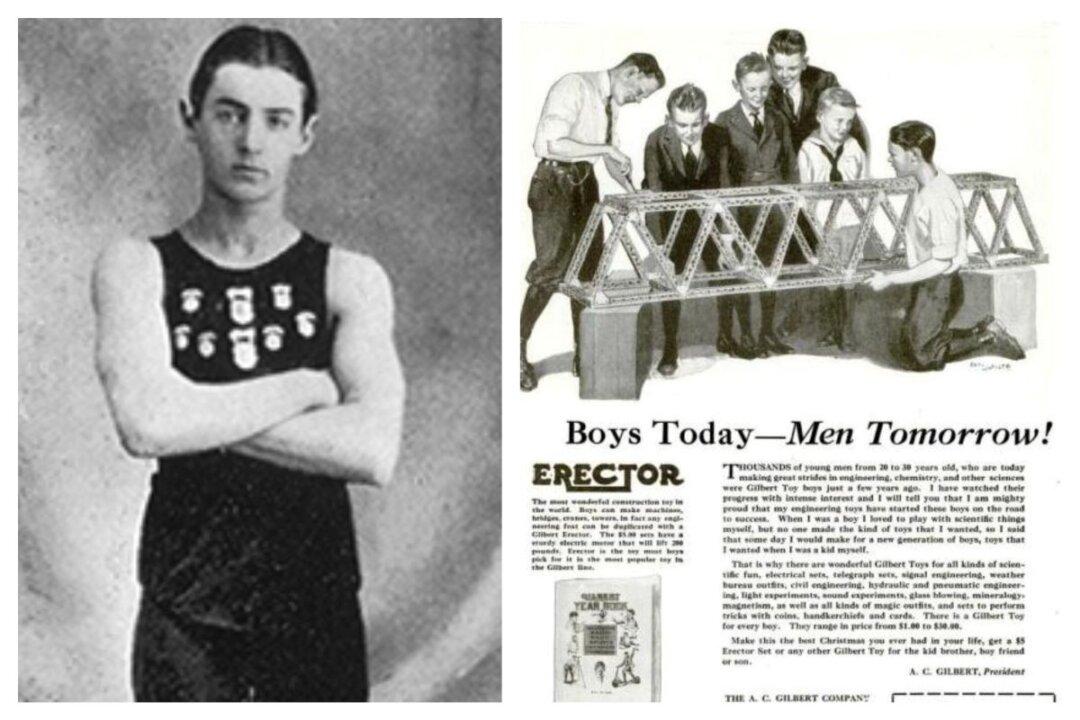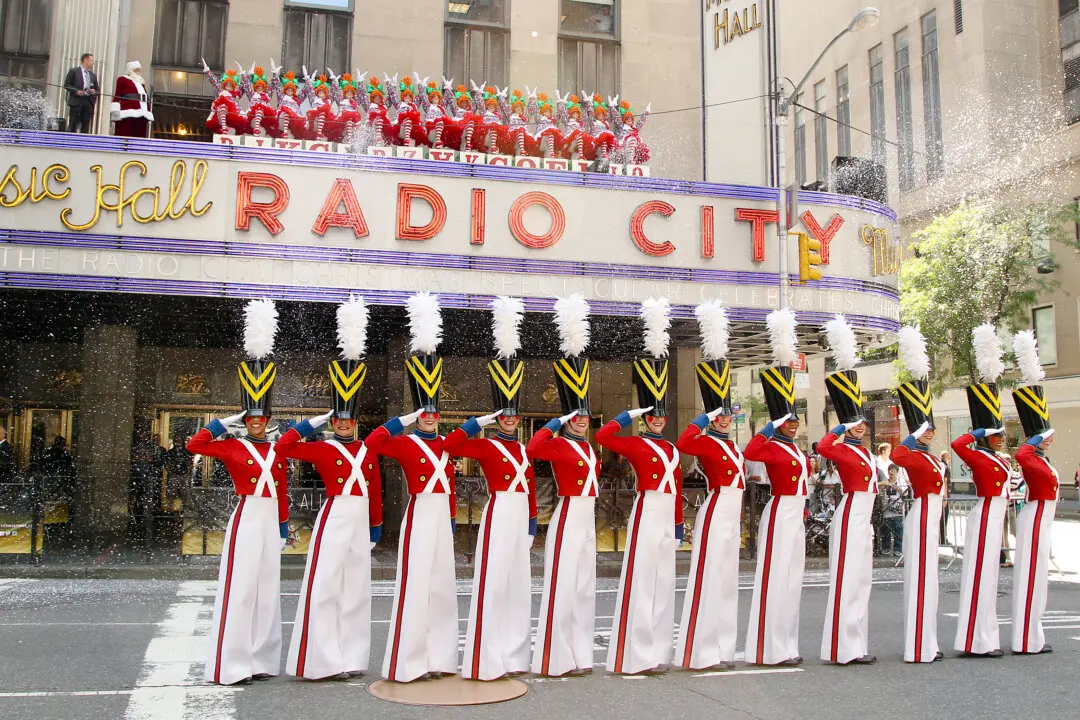It was buried in the mud along the Danube River. The Crown of St. Stephen, along with the coronation jewels, was placed there by Hungarian revolutionary leaders (either Lajos Kossuth or Bertalan Szemere). The Habsburgs, with help from Russian troops, were stamping out the short-lived Hungarian Revolution of 1848 to 1849. The revolution was lost, but keeping the jewels from the Habsburgs was a consolation. The consolation was short-lived as well.
In September of 1853, near modern-day Orsova, Romania, a traveler discovered the crown and jewels inside a mud-covered wooden box. The jewels were immediately taken to Vienna, capital of the Habsburgs. There was some relief when the jewels were returned to Hungary, as the Crown of St. Stephen had by this time been an 850-year-old symbol of statehood.






